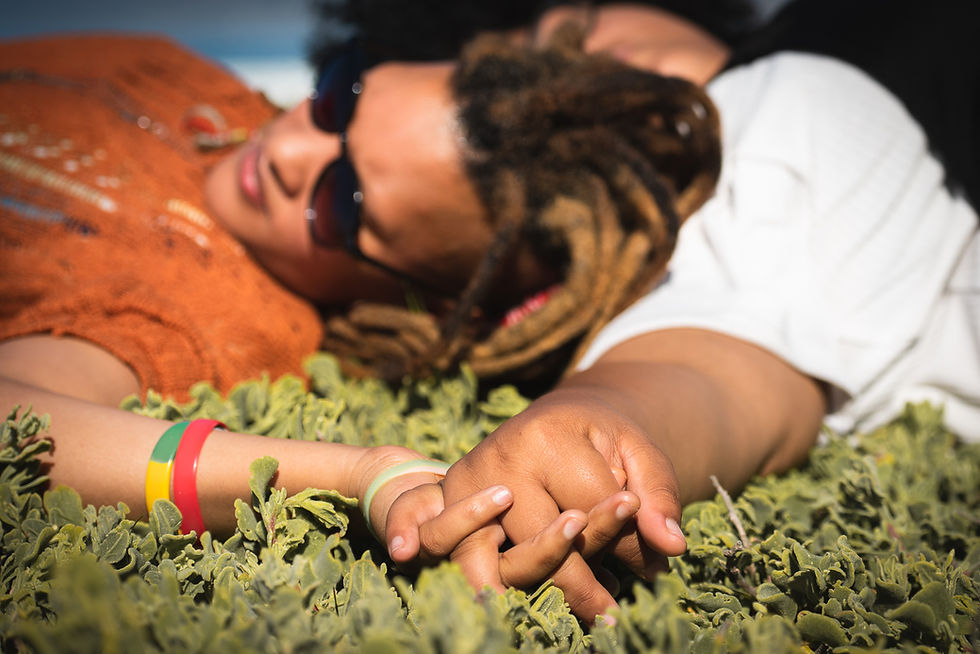What to Know Before Your Surrogacy Journey
- drrodriguez07
- Aug 7, 2024
- 2 min read
Updated: Sep 20

From the time they began dating as teenagers, Rita and Erikson Magsino, now 39 and 43, talked about the family they hoped to have together one day. Almost immediately after marrying in 2005, they tried to make that dream a reality.
But parenthood would have to wait — Magsino learned she had an aggressive form of endometriosis that made it difficult for her to become pregnant. For over a decade, the couple tried everything to conceive — including fertility drugs and advanced treatments like intrauterine insemination and in vitro fertilization. Twice, Magsino became pregnant, only to miscarry late in the second trimester. “After we lost twins at 20 weeks, we decided enough was enough,” she said. A generation ago, the couple’s attempts to have a biological child most likely would have ended there. Instead, thanks to improvements in reproductive medicine, they welcomed a baby boy into their home in May with the help of a gestational surrogate.
Surrogacy has also created an avenue to biological parenthood for thousands of others who can’t conceive or carry children on their own, such as same-sex couples and single men. As a gay, H.I.V.-positive man, Brian Rosenberg, 54, figured biological fatherhood was forever out of reach. But thanks to surrogacy, and a technique known as “sperm washing,” which prevents H.I.V. transmission, he and his husband, Ferd van Gameren, 59, welcomed twins, biologically related to Rosenberg, in 2010. “It’s still hard to believe,” Rosenberg said. “I thought this was a door that was shut to me.”
Still, would-be parents need to be prepared for a process that is far longer, more expensive and emotional than many people expect — it’s called a “surrogacy journey” for a reason. For this guide, I interviewed the types of experts you can expect to encounter during a surrogacy journey, including two fertility specialists, a lawyer, a psychologist and an agency caseworker.
Dr. Sandra Rodriguez-Siuts is a licensed psychologist and is dedicated to supporting women’s mental health. Contact Dr. Sandra Rodriguez-Siuts to get started with either in-person or online therapy today. She is located in Scottsdale, Arizona, but is licensed to practice online therapy in 43 states. Visit her 'Get Started' page for more information to begin addressing your concerns and getting support today!




Comments